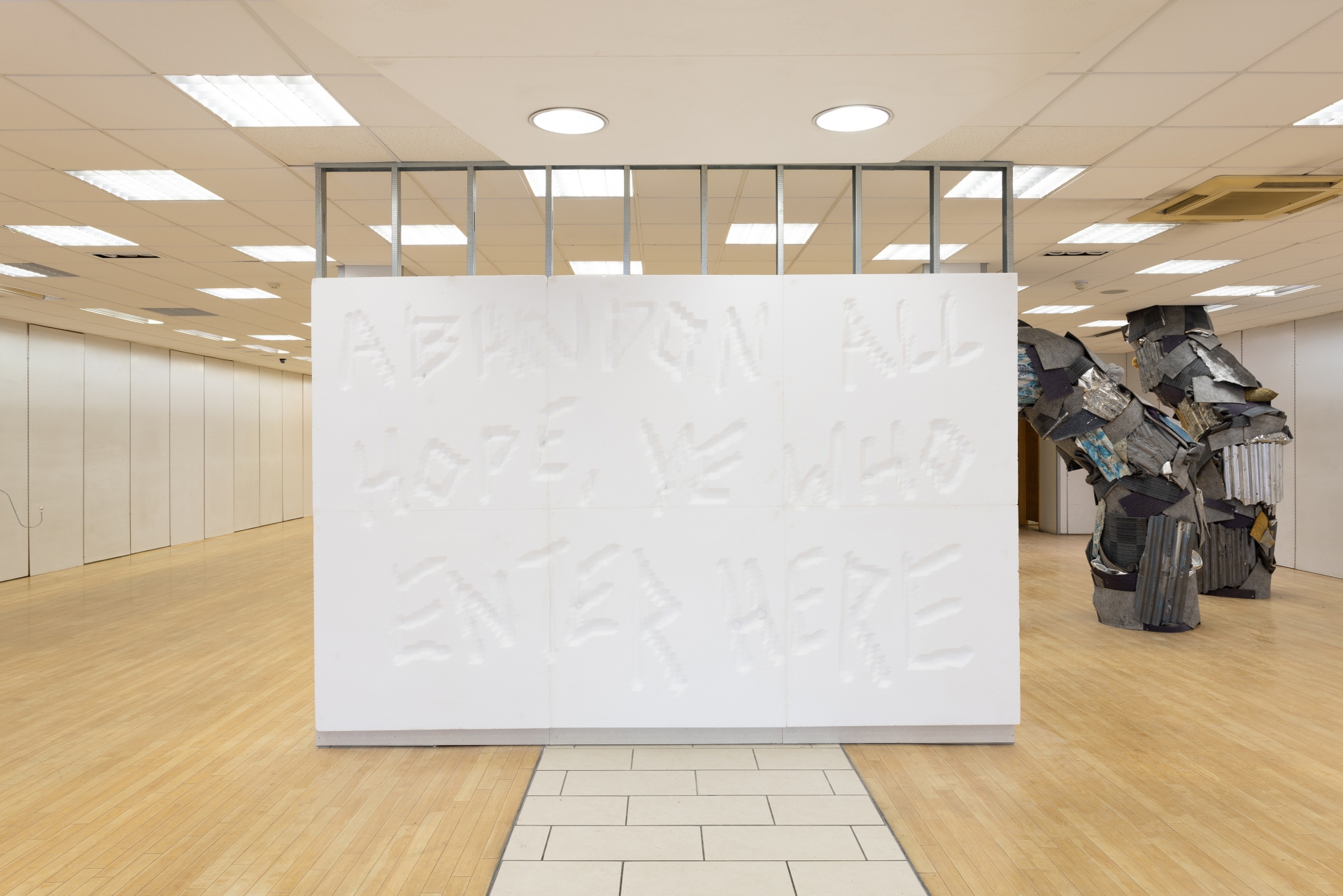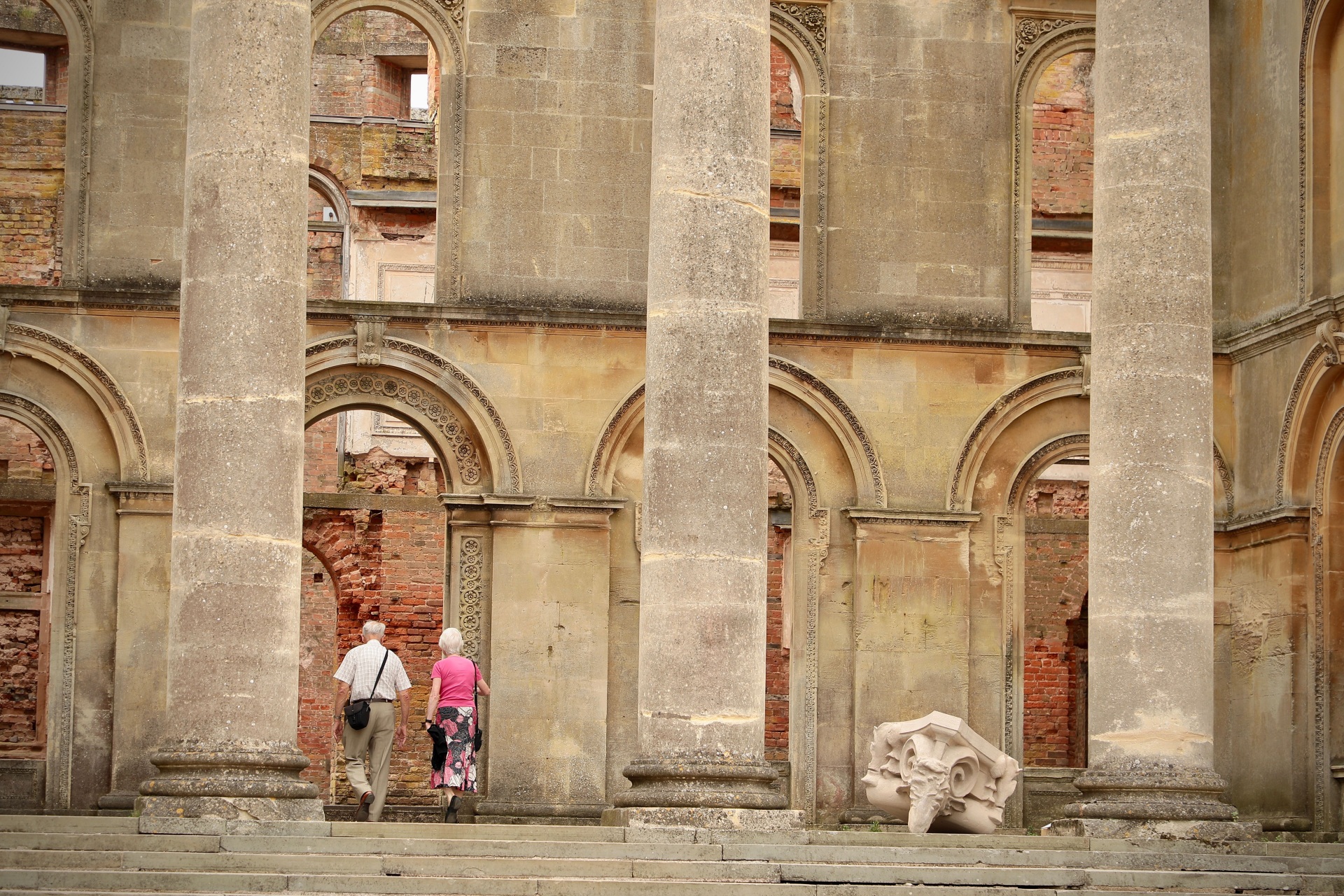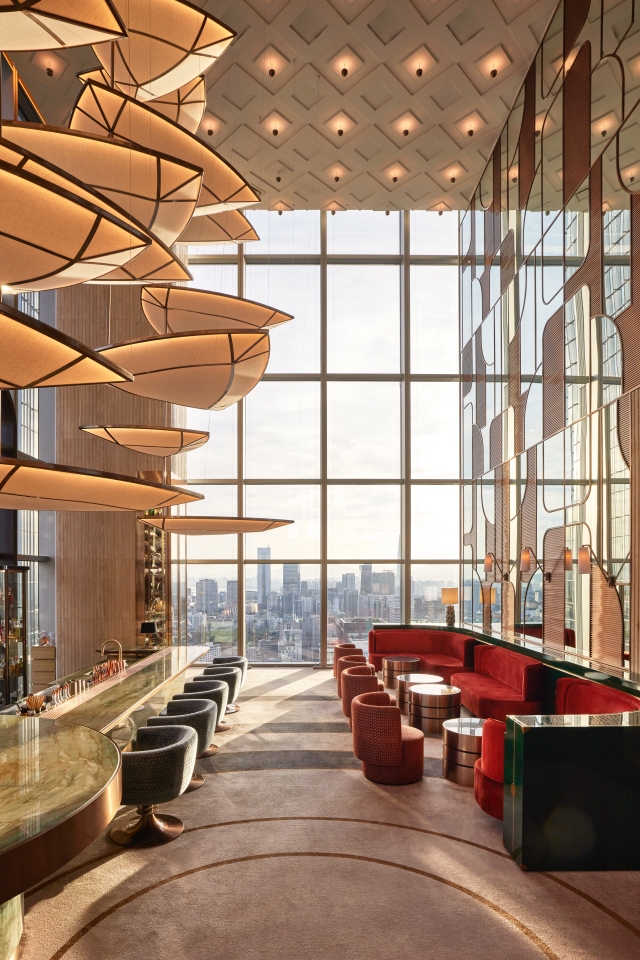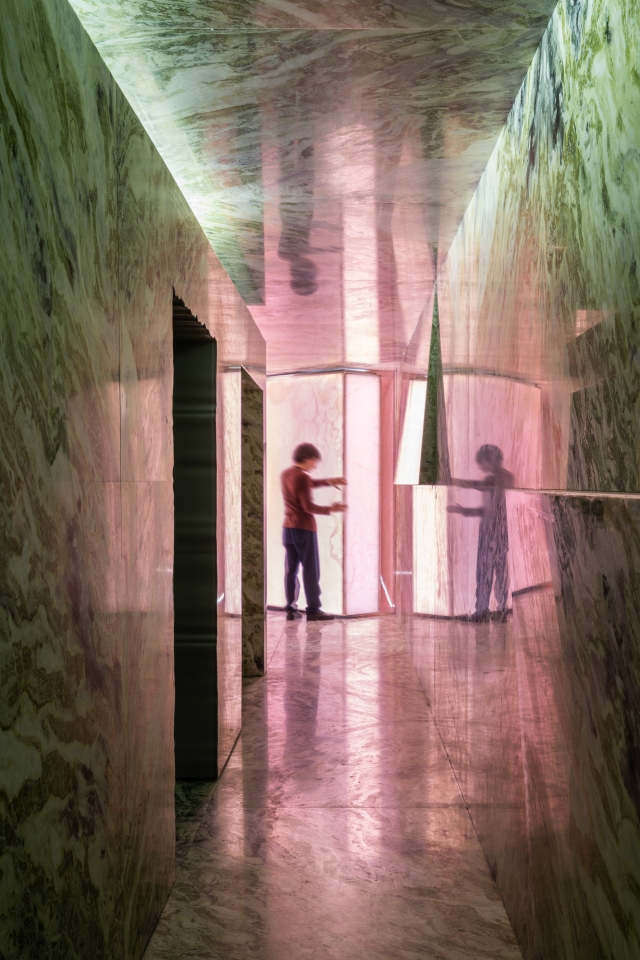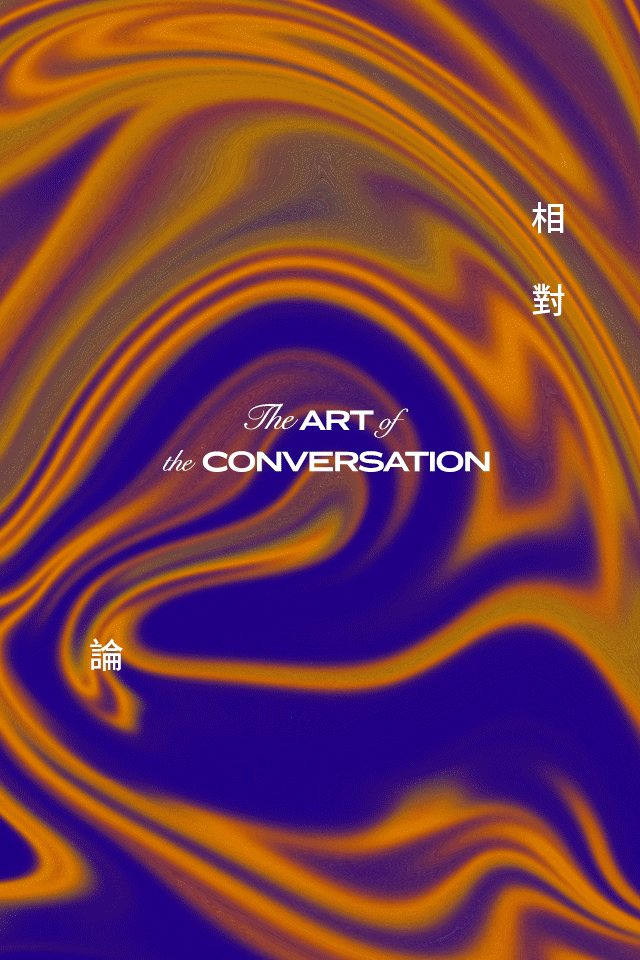British visual artist and sculptor Jack Evans (b. 1992, Mansfield) is a Central Saint Martins alumnus who lives and works in London. His art delves into themes of looming existential threats and global catastrophic risk, drawing inspiration from apocalyptic blockbusters, heavy metal album covers, and the architectural remnants of fallen civilizations. Here, he also discusses the influence of collaborations and the technical challenges behind his most intricate pieces, offering a glimpse into the mind of an artist who continually pushes the boundaries of his medium.
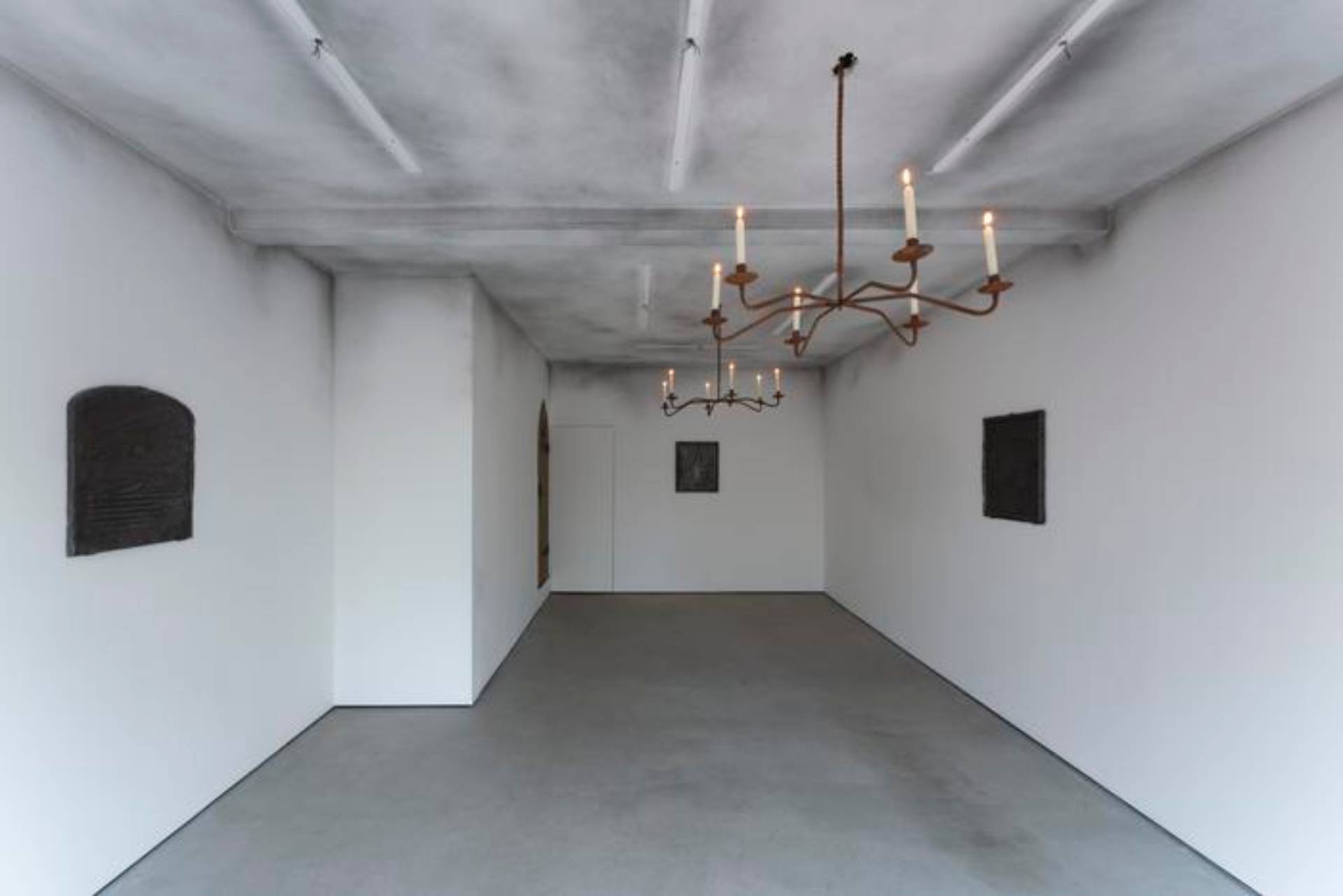
Many of your sculptures and installations evoke a sense of tension between permanence and decay. How do you approach the idea of time in your work?
Time is really interesting because you can approach it as a medium. When I had my show ‘Fear Of The Dark’ at Soup Gallery, it was set around the events of 1816, a crazy year in which an Indonesian volcanic eruption had cast huge parts of the world, especially Europe, into an extended period of darkness from the pyroclastic cloud. It was under these circumstances that Shelley got the idea for Frankenstein, and Byron wrote Darkness, so I really wanted to lean into the gothic aesthetic, taking that era and transporting it to a contemporary space.
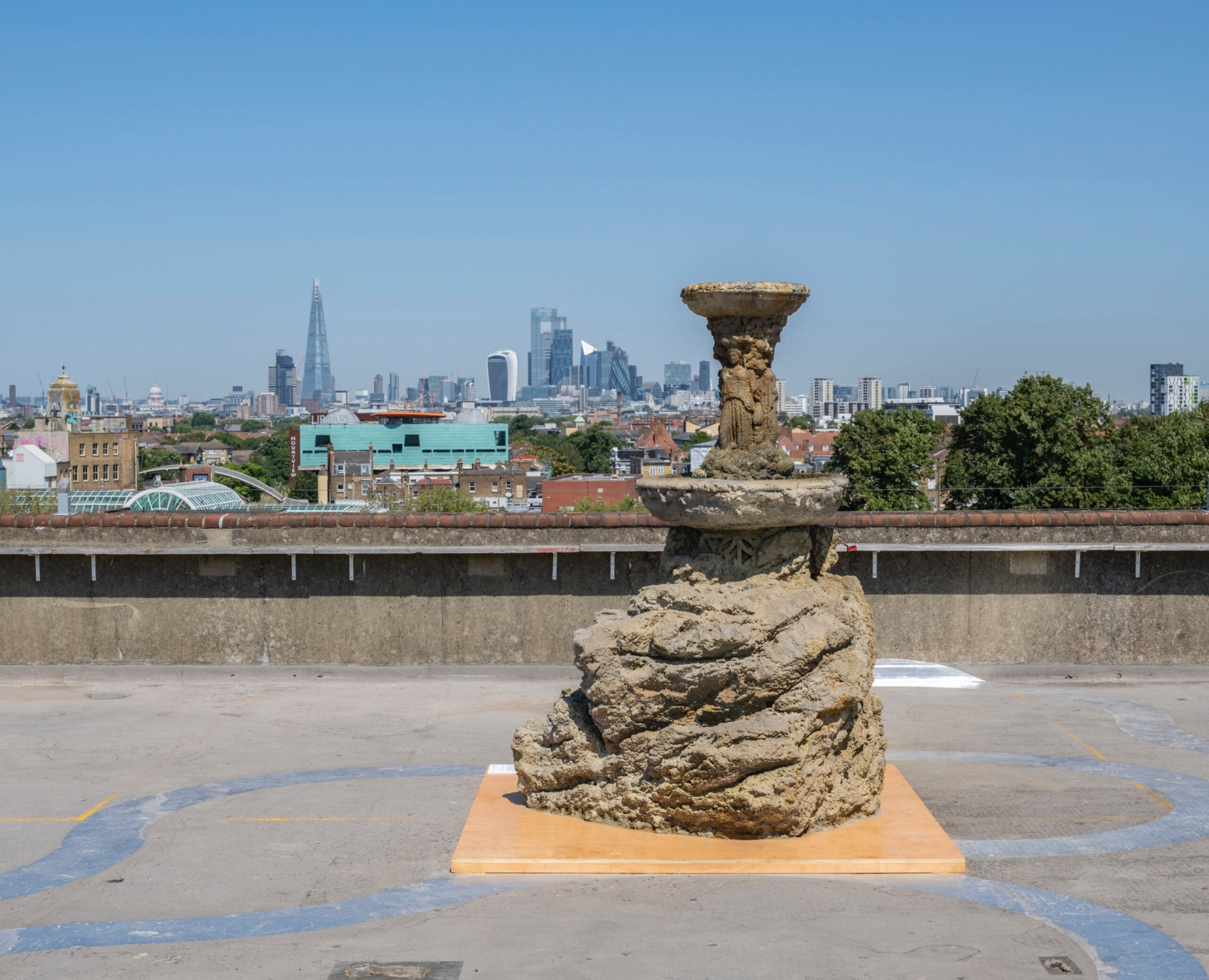
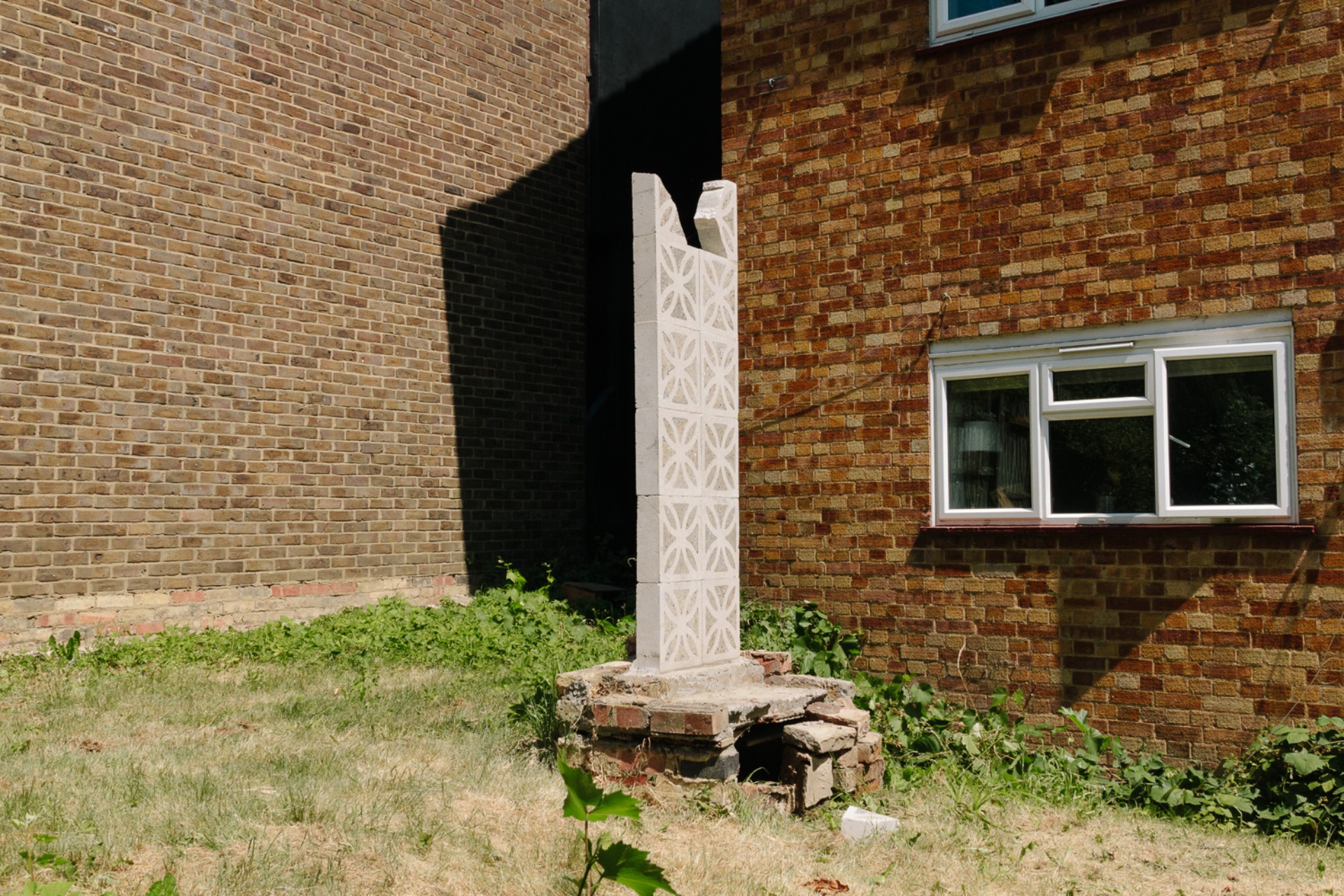
How do you balance instinct and intention in your work? Do you follow a structured process, or is each piece an organic evolution?
While there are some rigid aspects in the way I work, every piece is way more organic than you’d sometimes think from seeing them. I’m always trying to push materials to their limit in how far I can transform them in a never-ending attempt to reach a stone like quality. Sometimes things you expect to work turn out horrifically, and others you discover by complete accident. That’s where I get the real joy from being in the studio and why I try to keep all fabrication in house.
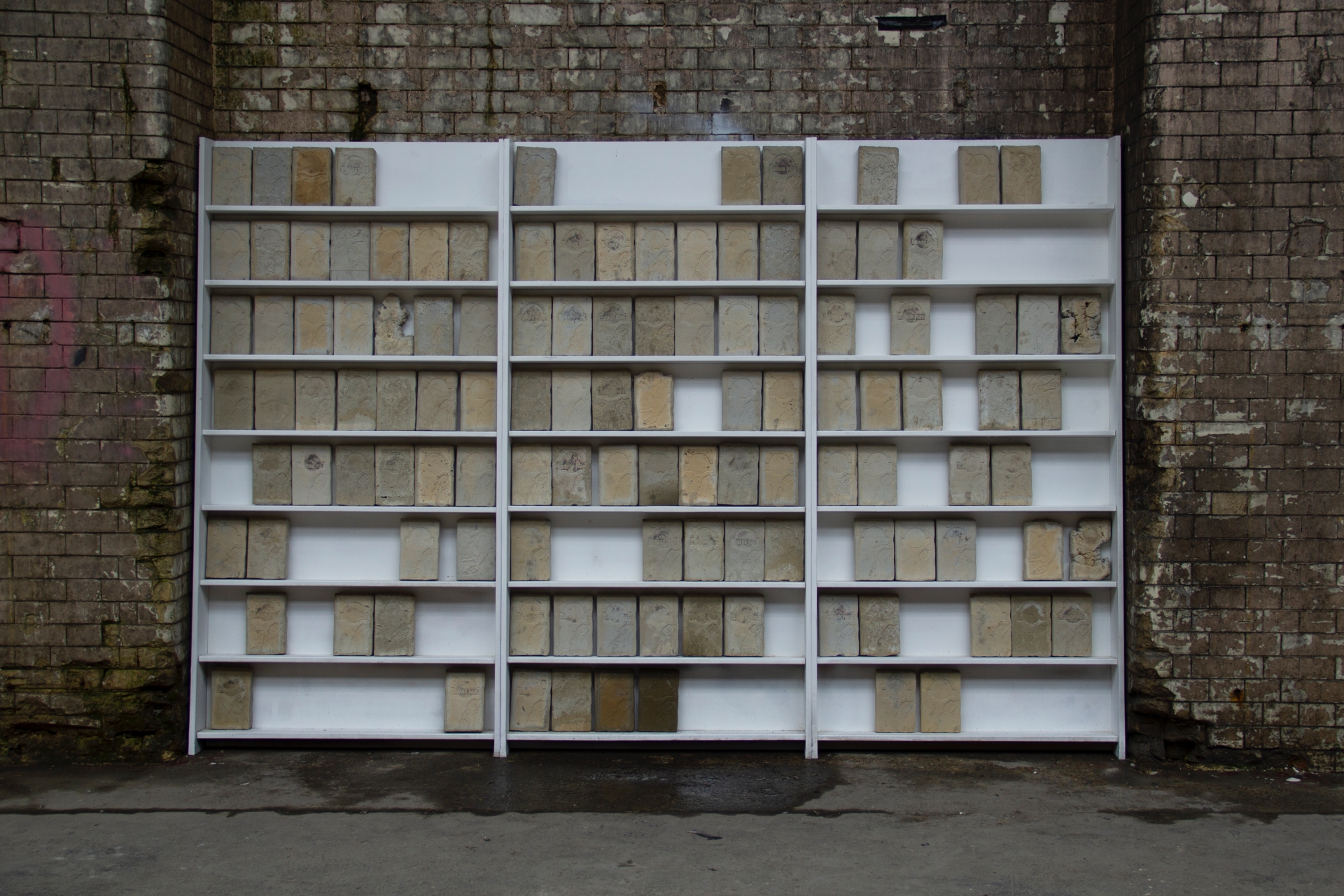
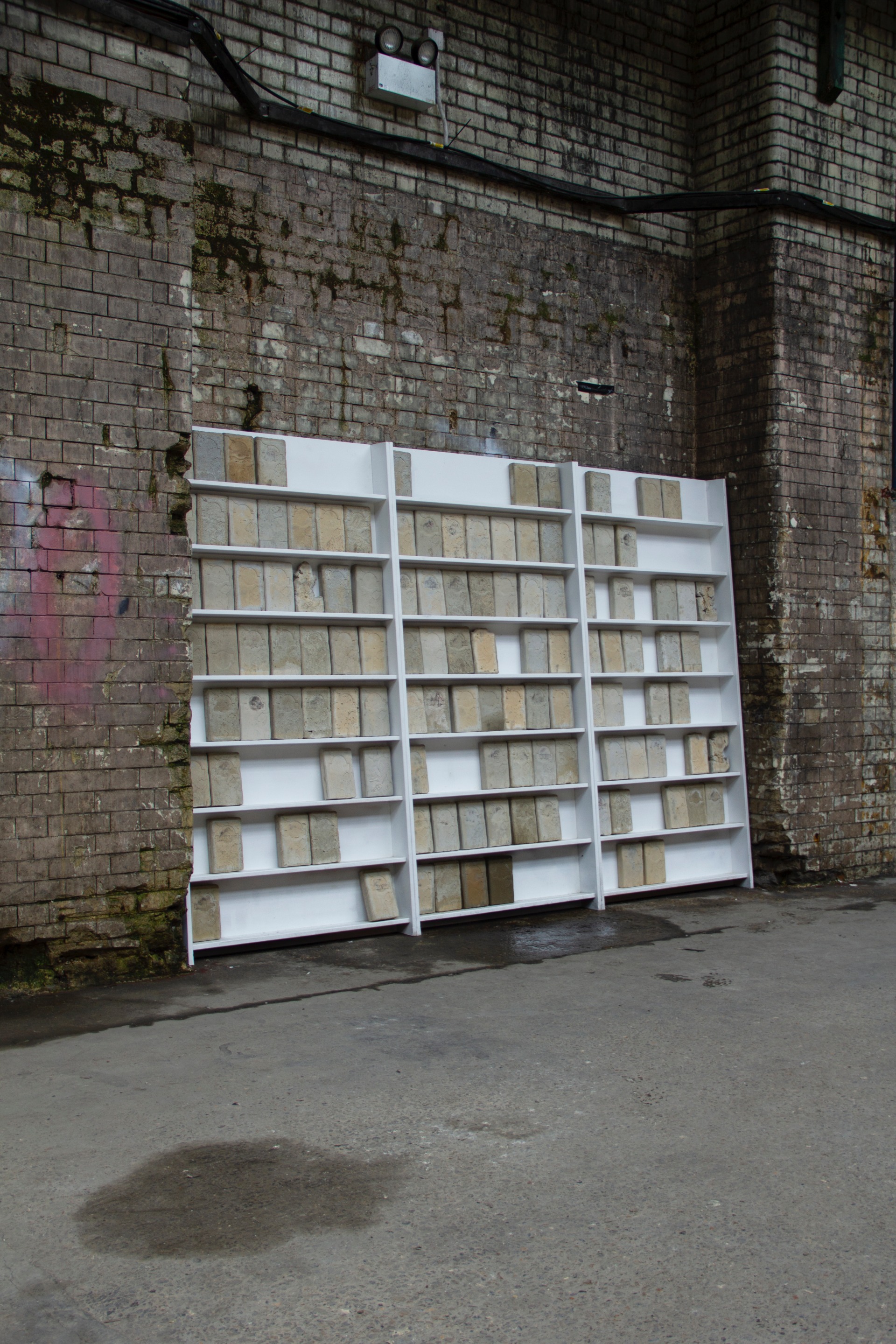
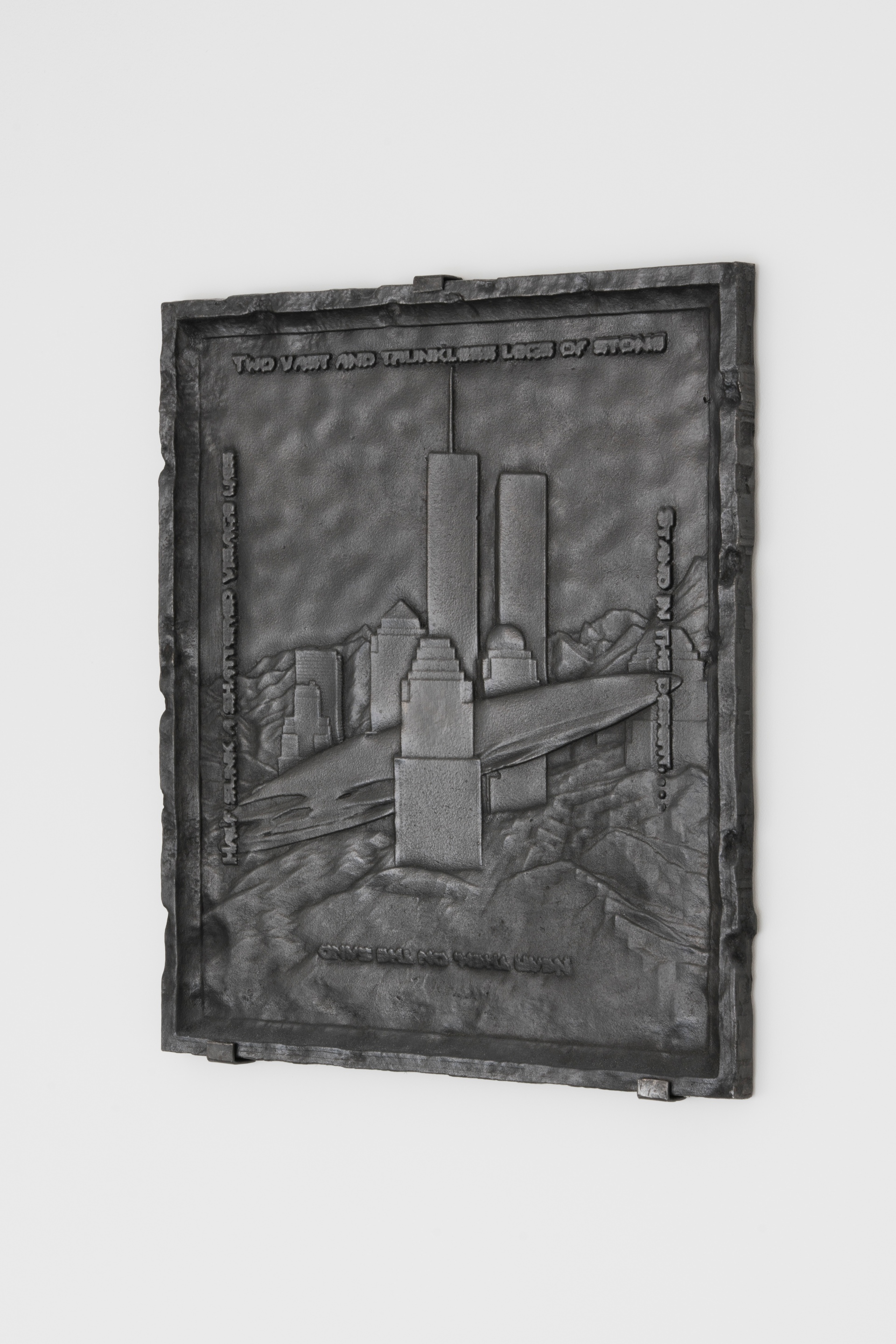
Looking back at your career so far, was there a particular moment that significantly shaped your artistic direction?
Throughout most of my degree my practice was almost exclusively Fine Art photography. About halfway through third year my tutor encouraged me to go and try out some of the 3D workshops while I still had the chance and I never looked back. I will always love photography but sculpture is the only medium in which I can fully realise my ideas.
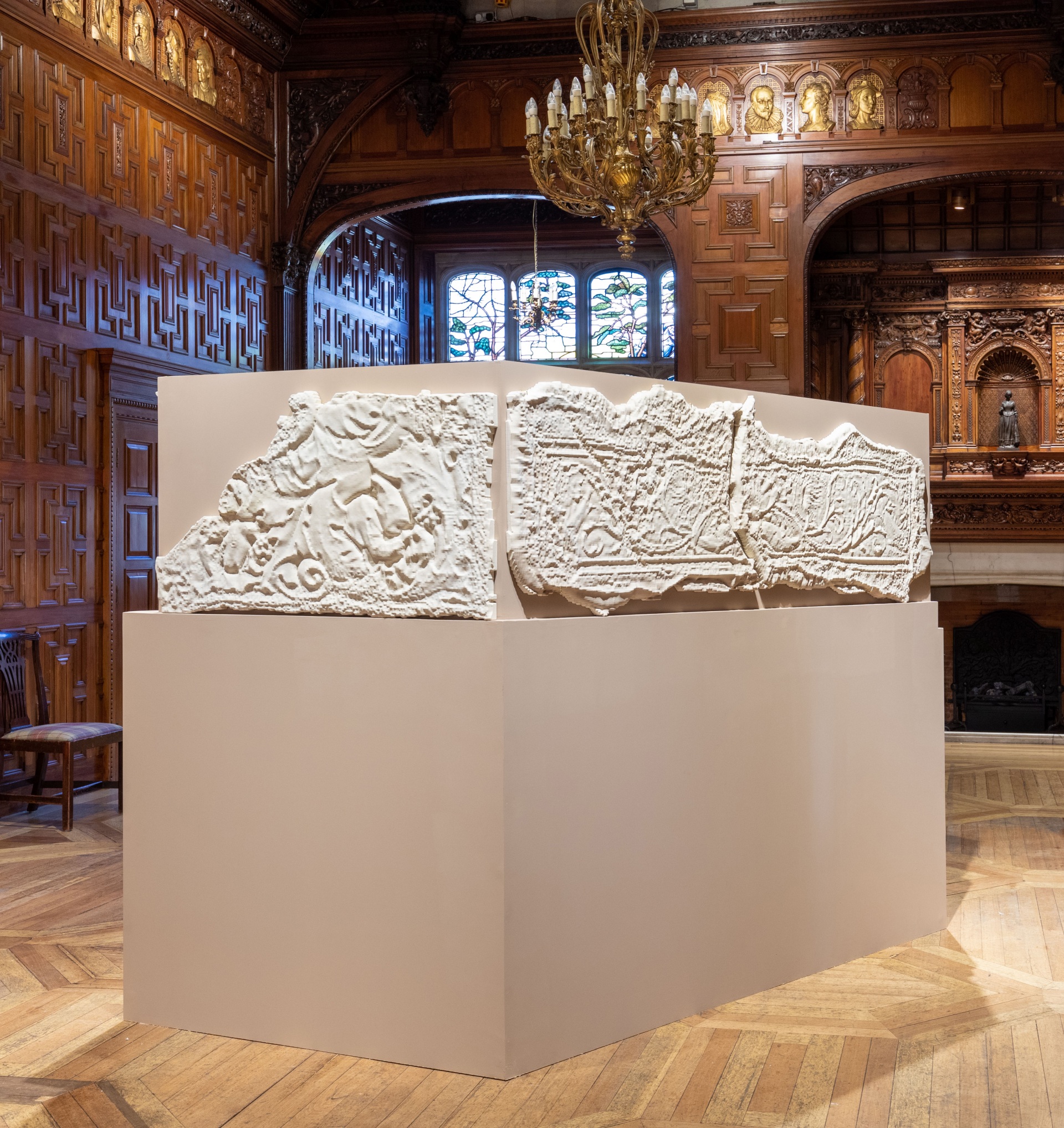
You’ve been involved in various group exhibitions and collaborations. How does working alongside other artists influence your own creative process?
As much as anything it’s about balance, and understanding the space and restrictions that go with it. I thrive on restrictions because every limiting factor is something else you have to work harder to overcome, and forces a more considered, and hopefully better response. Sometimes I’m incredibly jealous of artists who have unlimited budgets to fill huge white galleries but some of my best pieces have come from really tight collaborations between artist, curator and space.
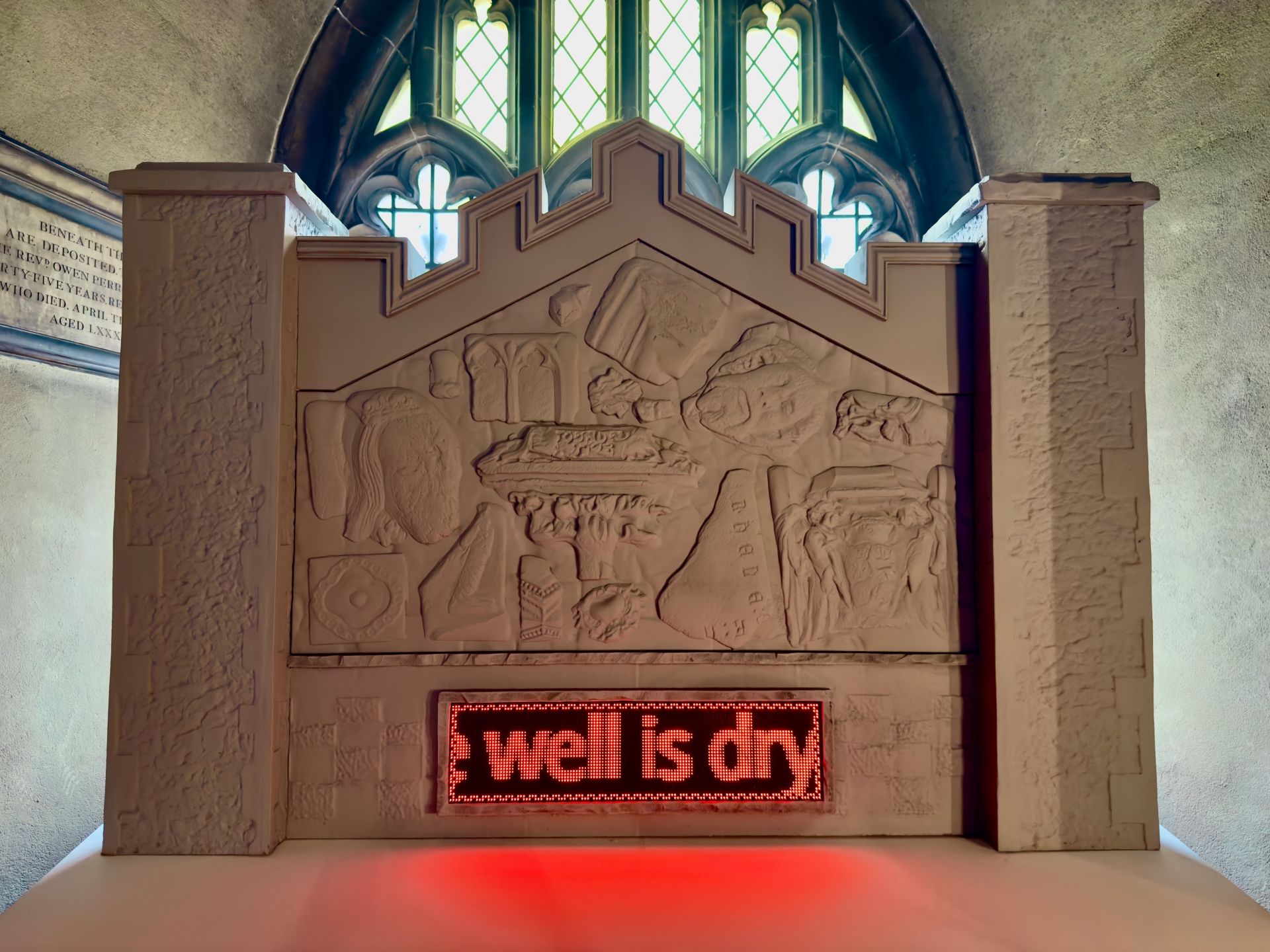
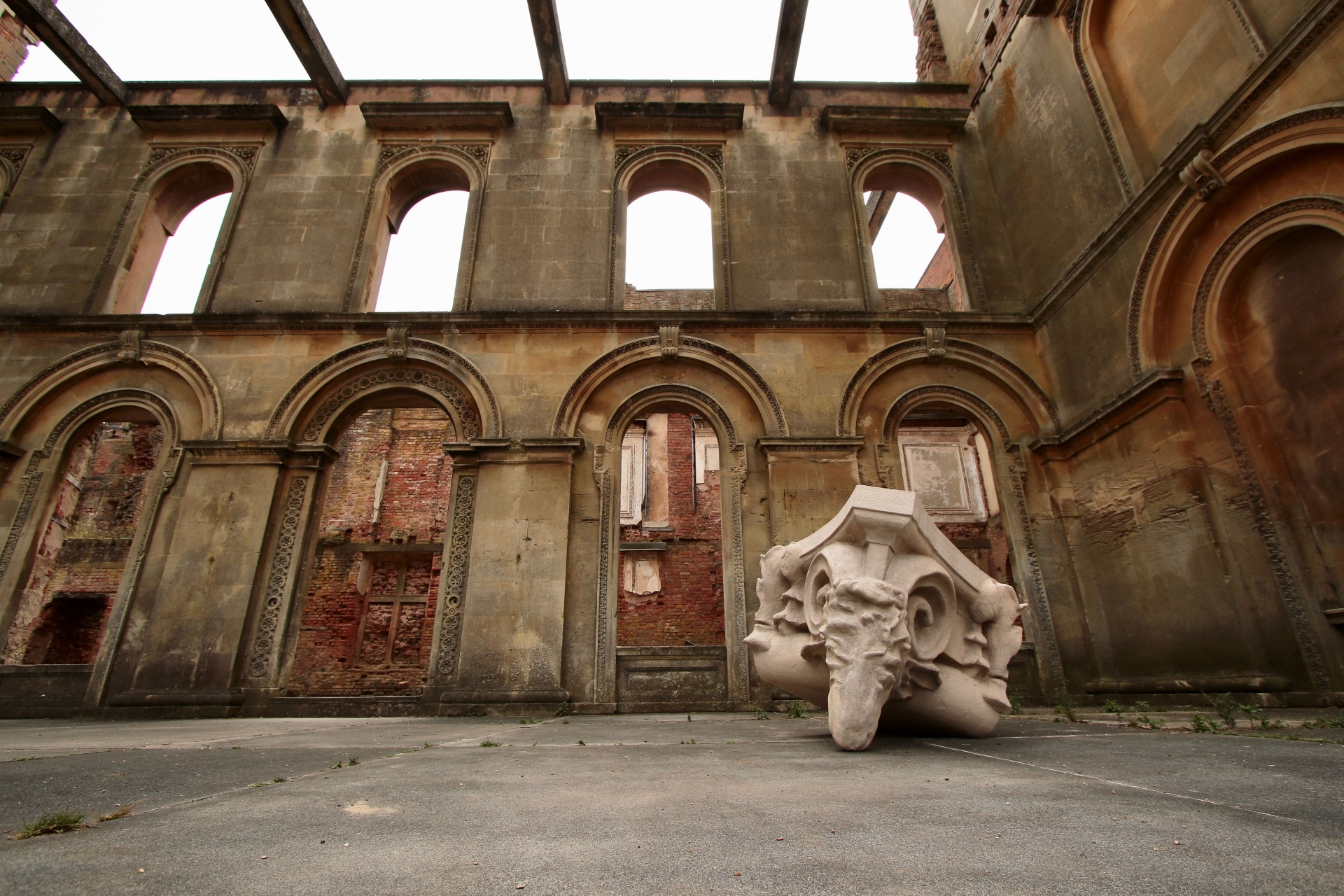
What’s a piece you’ve created that challenged you the most, either technically or conceptually?
The works I’ve produced for Latent Relics are some of the most technical yet. I’ve been working on a process of converting my photos to relief for the past few years and have finally settled on something that is really effective. It has involved a heavy body of museum research - really striving to understand how bas reliefs work, as well as developing some bespoke software solutions, as well as pushing the tooling to the absolute edge.
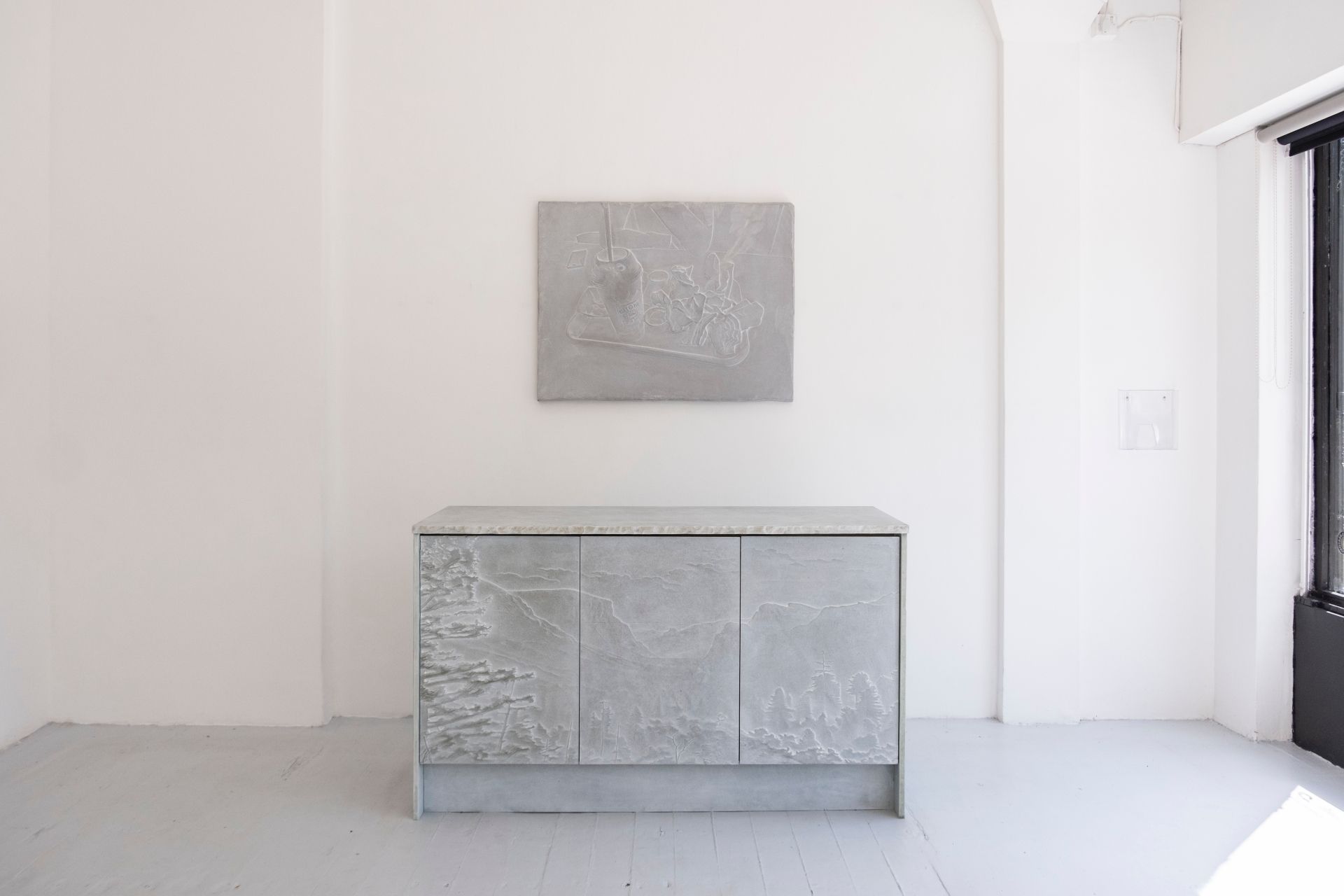
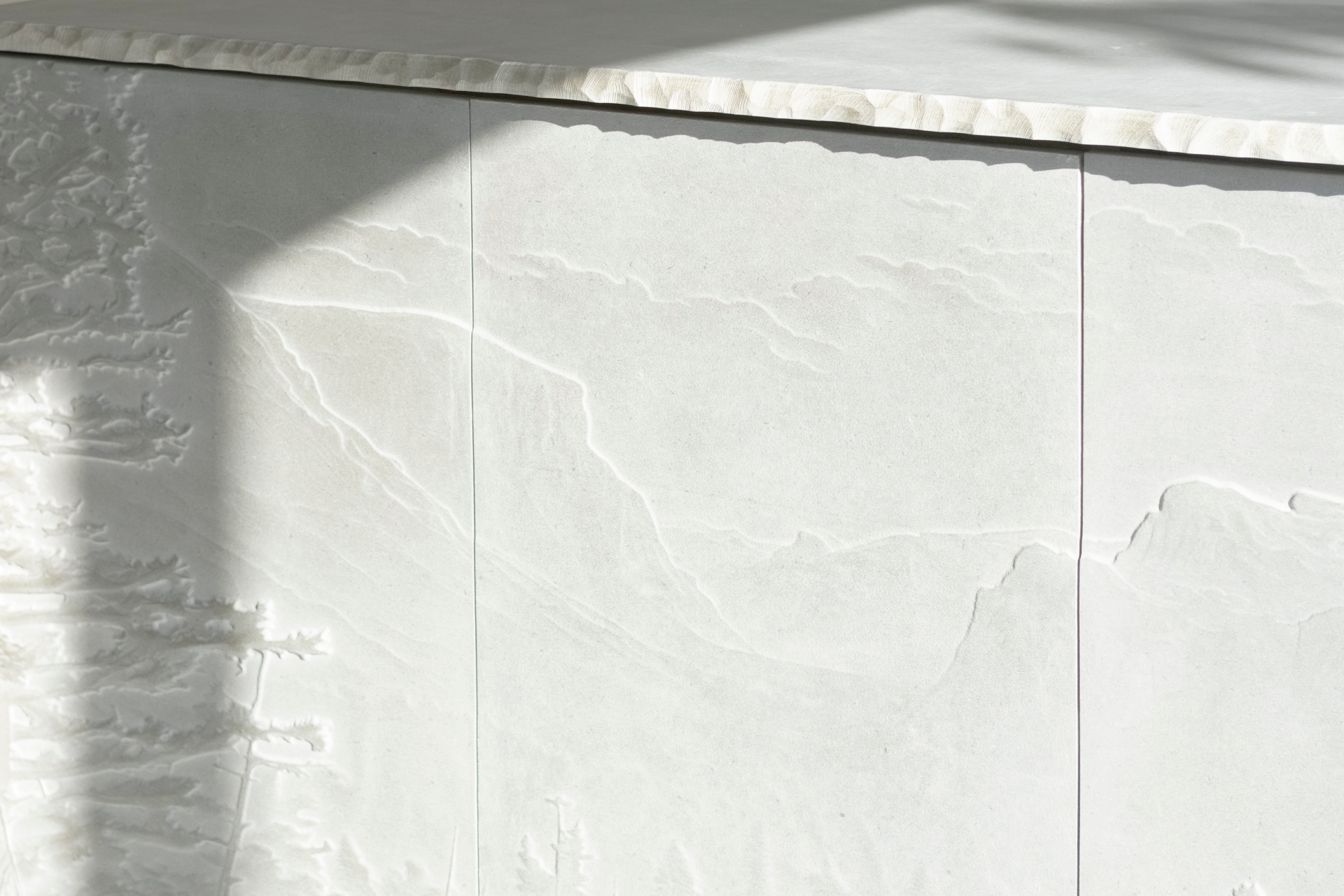
When you step away from the studio, how do you reset and find inspiration outside of art?
I think travel is the only way I can reset and find the most inspiration. It’s always good to shake up the manic London pace.
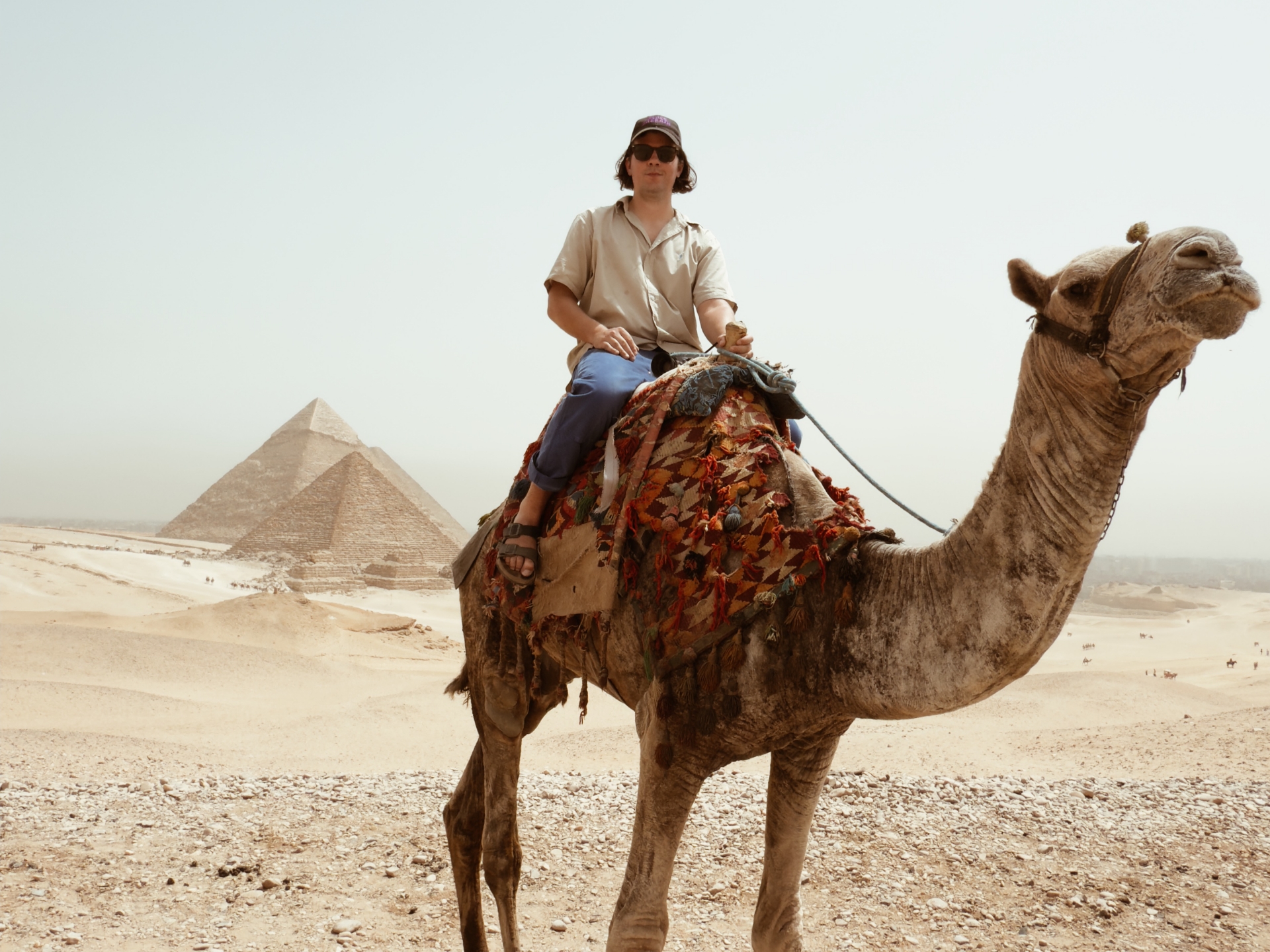
Are there any themes or techniques you’re eager to explore in future projects that might push your practice in a new direction?
I’ve got a few things I’m working with at the moment that are looking to give the work a slightly more kinetic edge but hopefully I can share more soon!
